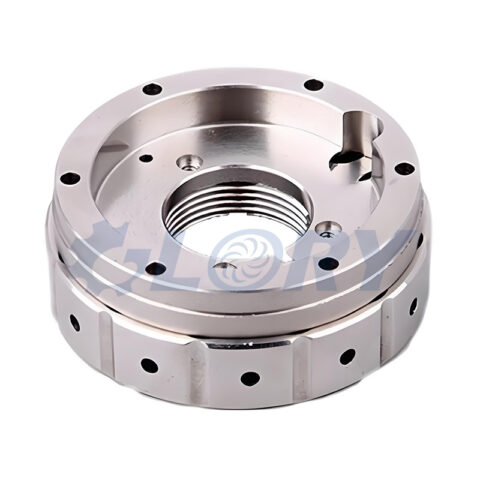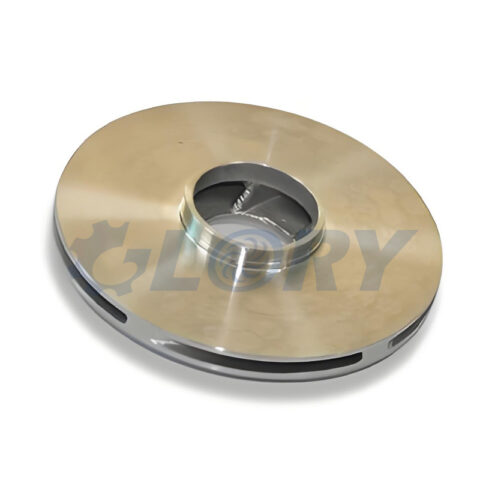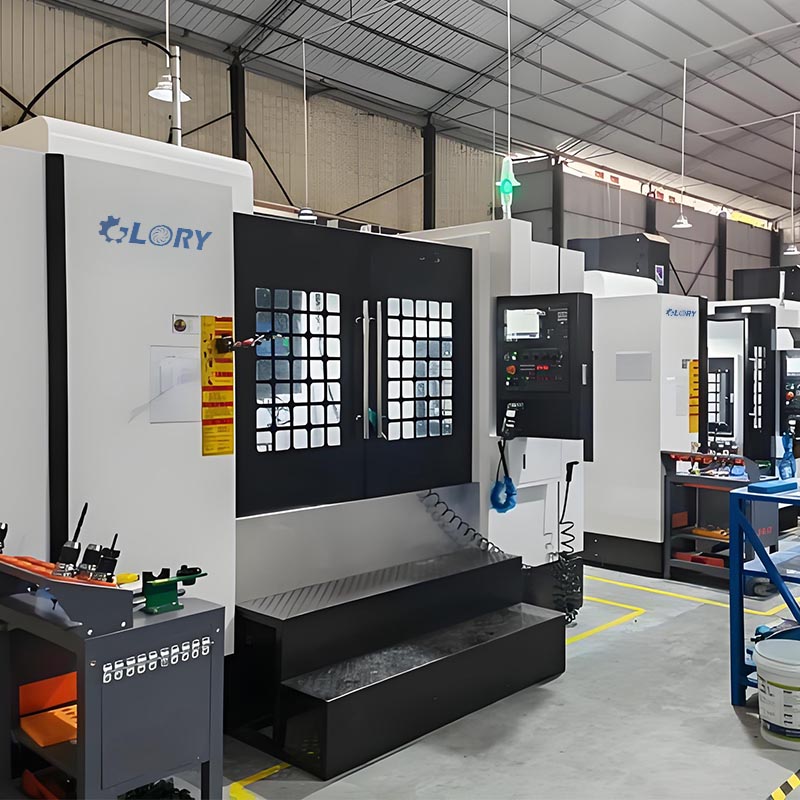
CNC machining 316 stainless steel part
Custom CNC machining 316 stainless steel
Custom machining 316 stainless steel
Custom machining of 316 stainless steel parts involves working with a material known for its superior corrosion resistance, particularly in harsh environments like marine, chemical, and pharmaceutical industries. Here are key points for machining 316 stainless steel:
- Material Properties:
316 stainless steel has excellent corrosion resistance, especially against chlorides and acids. It’s often used in marine applications, chemical processing, and medical devices. It also provides good high-temperature strength. - Machinability:
316 stainless steel is tougher to machine compared to 304 due to its higher nickel and molybdenum content, which improves corrosion resistance but can cause more tool wear. Using high-quality, sharp carbide tools is recommended. - Cutting Parameters:
Lower cutting speeds, moderate feed rates, and ample coolant usage are necessary to prevent tool wear and work hardening during machining. It’s important to maintain constant tool engagement to avoid surface hardening. - Tolerances:
Precision machining of 316 stainless steel can achieve tight tolerances, typically ranging from ±0.02mm to ±0.1mm, depending on the specific requirements of the part. - Surface Finish:
316 stainless steel can achieve a good surface finish, which is often critical for parts exposed to corrosive environments. Processes like electro-polishing or passivation can further enhance surface quality and corrosion resistance. - Applications:
- Marine parts, such as boat fittings and fasteners.
- Chemical processing equipment.
- Pharmaceutical and food-grade equipment.
- Medical implants and instruments.








 We provide custom machined parts, 5-axis linkage CNC machining, and the design, production, and assembly of machinery and equipment.
We provide custom machined parts, 5-axis linkage CNC machining, and the design, production, and assembly of machinery and equipment.